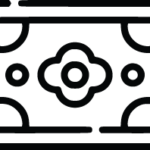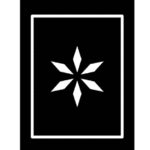Oushak Rugs |Turkish Handmade Carpets
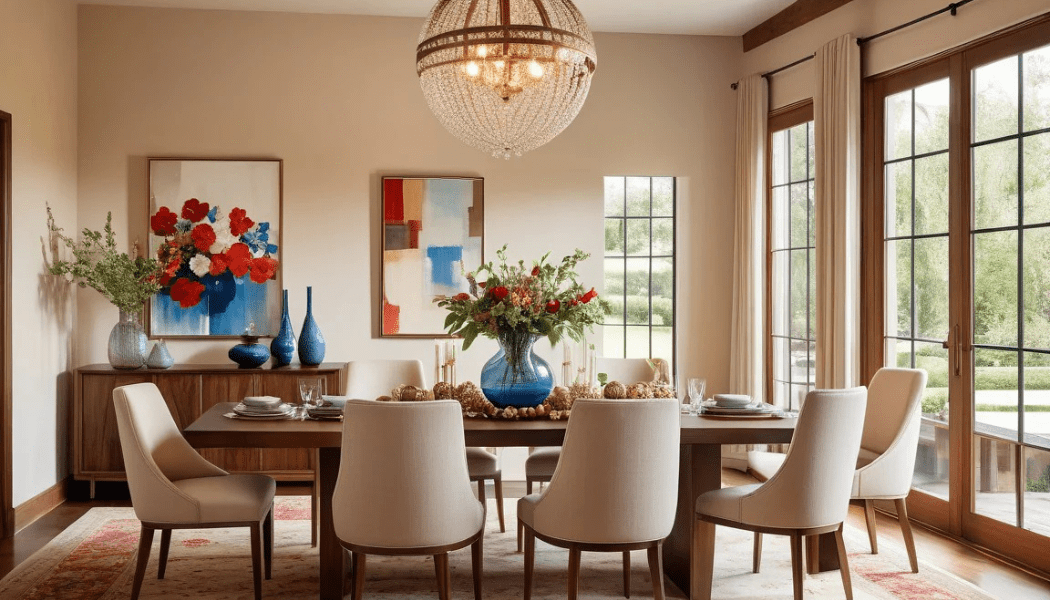
Introduction
Oushak rugs represent one of the most celebrated and historically significant carpet weaving traditions in the world. These magnificent Turkish handmade carpets have adorned palaces, homes, and museums for centuries, captivating collectors and interior designers with their distinctive aesthetic and exceptional craftsmanship. Understanding what an oushak rug is and its rich heritage provides insight into a remarkable art form that continues to influence contemporary interior design.
History of Oushak Rugs
The story of Oushak rugs begins in the ancient city of Uşak, located in western Turkey's Aegean region. This historic weaving center has been producing exceptional carpets since the 15th century, establishing itself as one of Turkey's most important carpet-making regions. The city's strategic location along ancient trade routes facilitated the exchange of materials, techniques, and design influences that would shape the unique character of Oushak Turkish rugs.
During the Ottoman Empire's golden age, Oushak became synonymous with luxury and refinement. The region's weavers developed distinctive techniques and patterns that distinguished their work from other Turkish carpet traditions. These Turkish oushak rugs were highly prized by European nobility and wealthy merchants, who commissioned large pieces for their grand residences.
The 16th and 17th centuries marked the peak of classical Oushak production, when master weavers created some of the most spectacular examples ever made. These antique oushak rugs featured bold geometric patterns, flowing arabesques, and sophisticated color palettes that reflected the artistic sensibilities of the Ottoman court. Many of these masterpieces now reside in prestigious museums worldwide, a testament to their enduring artistic value.
Distinctive Characteristics of Oushak Rugs
What sets Oushak rugs apart from other Turkish carpets is their unique combination of design elements, weaving techniques, and color preferences. These characteristics have evolved over centuries but remain consistent enough to make authentic Oushak pieces immediately recognizable to experienced collectors and dealers.
Key distinguishing features include:
- Premium Wool Quality: The wool used in traditional Oushak carpets comes from sheep raised in the highlands surrounding Uşak. This high-altitude wool possesses exceptional qualities – it's naturally lustrous, durable, and takes dye beautifully.
- Traditional Spinning Methods: The spinning and preparation of this wool follows time-honored methods that contribute to the carpet's distinctive texture and appearance.
- Large-Scale Pattern Design: Traditional Oushak designs feature large-scale patterns with generous spacing between motifs. This approach creates a sense of grandeur and visual breathing room that distinguishes them from more densely patterned Persian or other Turkish styles.
- Distinctive Motifs: The motifs themselves often include stylized flowers, geometric medallions, and flowing vine patterns that reflect both Islamic artistic traditions and local Anatolian influences.
- Exceptional Craftsmanship: Hand-knotted construction using traditional techniques passed down through generations of master weavers.

Color Palettes and Dyeing Traditions
Color story of Oushak rugs is particularly fascinating, as it reflects both the natural resources of the region and the aesthetic preferences that developed over centuries. Traditional antique oushak rugs often feature warm, earthy tones that have mellowed beautifully with age, creating the subtle patina that collectors prize so highly.
Historical Oushak pieces typically employed natural dyes derived from local plants, minerals, and insects. Madder root provided rich reds, while indigo created deep blues. Saffron and turmeric contributed golden yellows, and pomegranate rinds produced subtle oranges and browns. These natural dyestuffs created colors with remarkable depth and complexity that synthetic dyes often struggle to replicate.
The famous muted oushak rug palette that many associate with the style actually results from the natural aging process of these organic dyes. Over time, exposure to light and air causes the colors to soften and harmonize, creating the gentle, sophisticated tones that make vintage oushak rugs so desirable for contemporary interiors.
Pink oushak rugs deserve special mention, as they represent one of the most sought-after color variations. These pieces often feature soft rose tones combined with sage greens, warm ivories, and subtle golds. The pink coloration typically comes from a combination of madder red that has faded over time and the natural cream color of the wool foundation.
Modern Oushak Rugs
Today's modern oushak rug production represents an interesting balance between honoring traditional techniques and meeting contemporary design needs. Modern Oushak rugs often feature updated color palettes and slightly modified patterns while maintaining the essential characteristics that define the Oushak aesthetic.
Contemporary weavers have expanded the traditional color range to include modern oushak rugs in colors that work well with today's interior design trends. These might include sophisticated grays, soft blues, and even bold contemporary hues while maintaining the characteristic large-scale patterns and generous spacing of traditional designs.
The quality of modern production varies significantly depending on the manufacturer and price point. The finest contemporary pieces still employ hand-spinning, natural dyeing, and traditional hand-knotting techniques that can take many months to complete. These premium modern oushak rugs often command substantial prices and represent excellent investments for collectors.
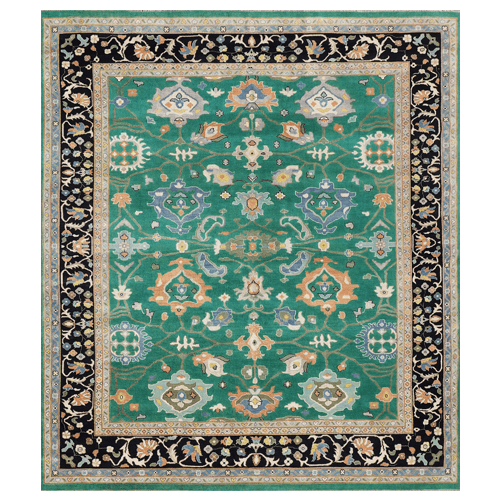
Size Variations and Popular Dimensions
Oushak rugs have traditionally been woven in a wide range of sizes to accommodate different spaces and purposes. Understanding the most common dimensions helps buyers select appropriate pieces for their specific needs.
Oushak rugs 9x12 represent one of the most popular size categories for contemporary buyers. These large rugs provide excellent coverage for spacious living rooms, dining rooms, or master bedrooms. The generous proportions allow the characteristic large-scale Oushak patterns to be displayed to their full advantage, creating dramatic focal points in interior spaces.
Oushak rugs 8x10 offer another popular size option that works well in medium to large rooms. This dimension provides substantial coverage while remaining manageable for most residential spaces. The 8x10 format is particularly well-suited to Oushak designs because it provides adequate space for the patterns to breathe while maintaining the visual impact that makes these rugs so striking.
Smaller sizes, including runners and scatter rugs, are also available, though they're less common in traditional production. These pieces work well as accent pieces or in spaces where a full-size carpet would be overwhelming.
Investment Value and Collecting Considerations
The market for oushak rugs for sale encompasses everything from museum-quality antiques to contemporary reproductions, with prices varying dramatically based on age, condition, provenance, and craftsmanship quality. Understanding these factors helps buyers make informed decisions, whether they're seeking decorative pieces or serious investments.
Authentic vintage oushak rugs from the early to mid-20th century often represent excellent value propositions. These pieces typically feature hand-knotted construction and natural dyes while being more affordable than much older antiques. Many exhibit the desirable mellowed colors and gentle wear patterns that collectors prize.
Antique oushak rugs from the 19th century and earlier command premium prices, especially pieces with documented provenance or museum exhibition history. These carpets are increasingly rare and represent significant investments that often appreciate over time.
When evaluating pieces for purchase, several factors deserve careful consideration. The knot density, while not as high as some Persian styles, should be consistent and tight. The wool quality should be apparent in the carpet's luster and resilience. Natural dye indicators include color variation within individual color areas and the way colors have aged and mellowed together.
Care and Maintenance of Oushak Rugs
Proper care ensures that both antique and modern Oushak pieces retain their beauty and value over time. These handmade carpets respond well to appropriate maintenance while requiring some special considerations due to their construction and materials.
Essential care practices include:
- Regular Vacuuming: Use appropriate equipment to prevent dirt accumulation that can damage fibers over time. For valuable pieces, use a vacuum with adjustable suction and avoid the beater bar to protect the surface.
- Professional Cleaning: Seek cleaning by specialists familiar with handmade Oriental rugs every few years, depending on usage patterns and environmental conditions.
- Chemical Sensitivity: The natural wool and dyes used in quality Oushak rugs are generally resilient but can be sensitive to harsh chemicals and excessive moisture.
- Immediate Stain Treatment: Provide immediate attention to spills and stains using appropriate cleaning methods to prevent permanent damage.
- Proper Rotation and Padding: Use high-quality rug pads appropriate for the specific floor type to provide cushioning, prevent slipping, and allow air circulation.
• Even Wear Distribution: Regular rotation helps ensure even wear patterns and extends the carpet's overall lifespan.
Popular Brands and Manufacturers
The contemporary market includes several manufacturers producing oushak-style rugs with varying levels of quality and authenticity. Safavieh Oushak rugs represent one of the most widely available lines, offering machine-made reproductions that capture some design elements of traditional pieces at accessible price points.
While machine-made reproductions can provide the visual appeal of Oushak designs for budget-conscious buyers, they lack the handmade quality, natural materials, and investment potential of authentic pieces. Understanding these differences helps buyers select appropriate options based on their priorities and budgets. Higher-end manufacturers focus on hand-knotted reproductions using traditional techniques and materials. These pieces often provide excellent alternatives to antique rugs while offering the advantages of new construction and consistent availability.
Decorating with Oushak Rugs
The versatility of Oushak designs makes them suitable for various interior styles, from traditional to contemporary settings. Their large-scale patterns and subtle color palettes work particularly well in spaces where the rug serves as a foundational element rather than a bold accent.
Brown Oushak rugs offer particular versatility, working well with both warm and cool color schemes. These pieces often feature rich chocolate and coffee tones combined with complementary colors that enhance their sophisticated appearance. The neutral nature of brown makes these rugs excellent choices for spaces that undergo periodic redecorating.
In contemporary settings, the muted color palettes typical of aged Oushak pieces provide sophisticated alternatives to bolder Persian or tribal styles. Their generous scale works well in modern open floor plans where smaller patterns might appear insignificant.
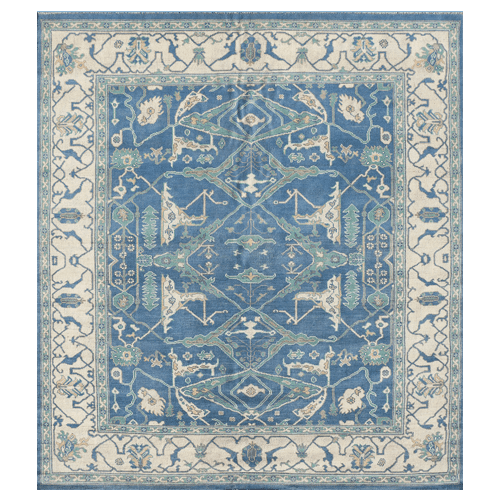
Authentication and Quality Assessment
Distinguishing authentic handmade Oushak rugs from machine-made reproductions requires attention to several technical details. Hand-knotted pieces show slight irregularities in pattern and knotting that reflect the human touch, while machine-made rugs display mechanical precision.
The back of genuine handmade rugs reveals the individual knots and shows the pattern clearly, while machine-made pieces often have uniform backing materials that obscure construction details. The fringe on authentic pieces is typically part of the foundation warps, while added fringe indicates machine construction. Age assessment requires expertise, as various factors can create artificial aging effects. Natural color variation, wear patterns consistent with normal use, and patina development all contribute to authenticity indicators that experienced dealers and appraisers can evaluate
Conclusion
Oushak rugs represent one of the world's great carpet weaving traditions, combining centuries of technical expertise with distinctive aesthetic sensibilities that continue to captivate contemporary buyers. Whether seeking antique masterpieces, vintage examples, or modern interpretations, understanding the characteristics that define authentic Oushak style helps ensure satisfying purchases.
The enduring appeal of these Turkish handmade carpets lies in their unique ability to provide both visual sophistication and practical function. Their generous scale, refined color palettes, and exceptional craftsmanship make them excellent choices for those seeking to invest in pieces that will provide lasting beauty and potential value appreciation.
As the market continues to evolve, with new production complementing the finite supply of antique pieces, Oushak rugs maintain their position as among the most desirable and versatile oriental carpets available. Their combination of historical significance, artistic merit, and contemporary relevance ensures their continued prominence in the world of fine floor coverings.
For collectors and decorators alike, these magnificent carpets offer the opportunity to own pieces that connect contemporary spaces with centuries of artistic tradition, creating environments that reflect both sophisticated taste and appreciation for exceptional craftsmanship.


